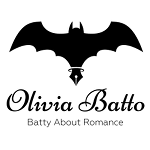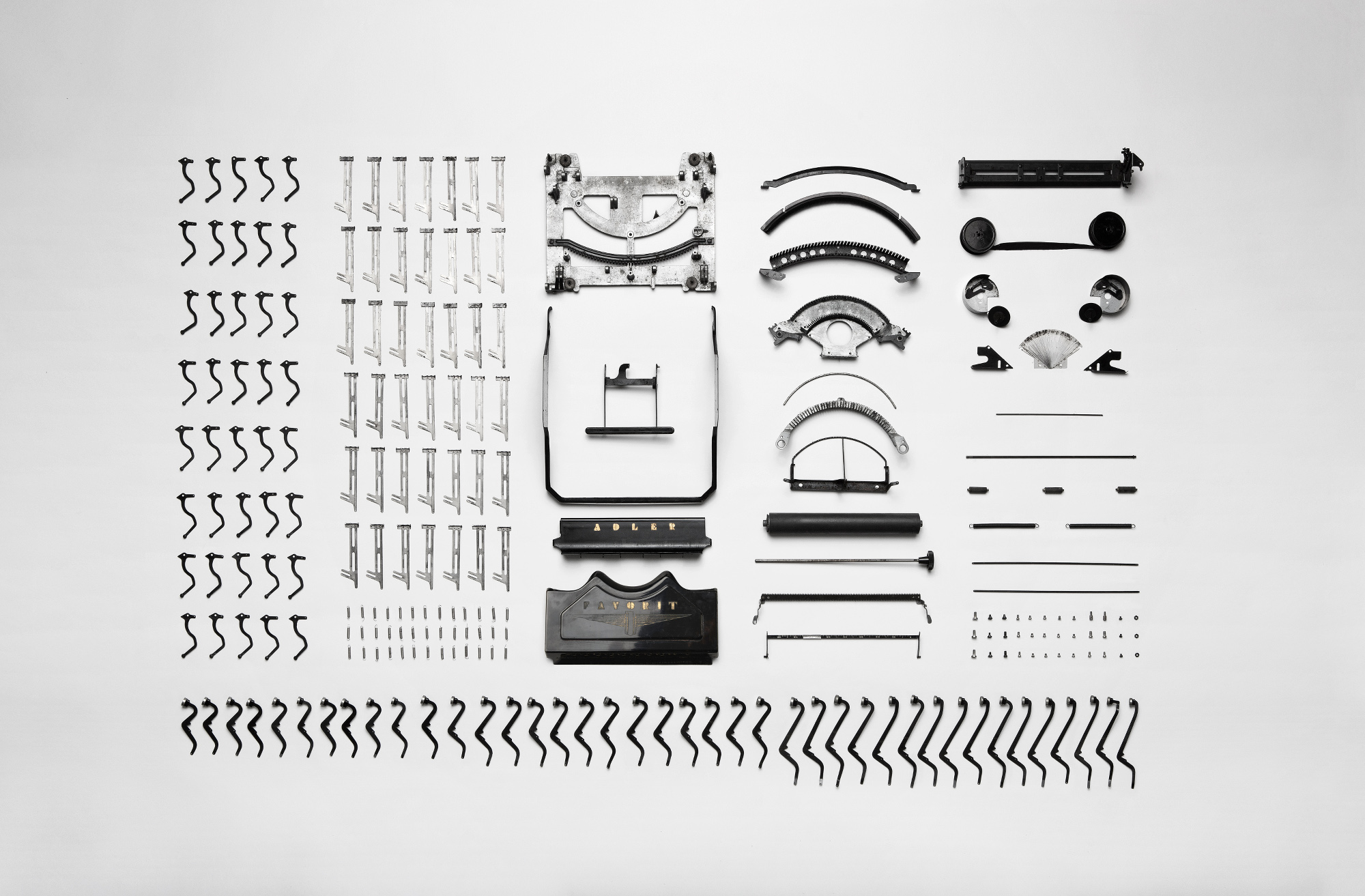I heard some advice recently about an often overlooked and very powerful tool - word placement.
Where you put your words in the sentence is almost as important as which words you choose, because a reader will tend to pay attention to certain parts of the sentence more fully than others.
This tendency has been demonstrated many times, from tests which determine how the eye travels across the page when reading to blind studies where readers answer questions based on slightly different wordings of otherwise identical texts.
The section of the sentence (and paragraph, because it's related) I'll talk about today is the end. The last word is in a position of power, both where the reader's eye and mind lingers, and a jumping-off point for the next sentence or paragraph.
You see how I ended on "paragraph" up there? By saying it last, I made sure it was the last thing you saw before you jumped to the next (ha) paragraph. It's fresh in your mind, so to speak, and even though I said "sentences" as well, you're still going to notice paragraphs a little more. It's intentional, because they're more important.
Even if you don't emphasize using strong words at the end of your sentences, you should use them at the end of your paragraphs. This is critical to keeping your reader's attention.
The reason for this is because the space between paragraphs is more noticeable than the space between sentences. It's the time when you could lose your reader, both literally and figuratively. (Naturally it's not as dangerous as the space between chapters, but let's get into that later.) Therefore, you want a strong, leading word at the end of each paragraph, dragging your reader into the next thought. When you have a very specific idea you want to get across, you can use these words to your advantage.
Compare these two paragraphs:
She crept back from the ledge of her balcony, her mind racing. The dancing man in the purple ape suit was still down there. This blind date for her friends had taken a lot of time and planning, and some idiot's singing telegram was going to ruin it if she didn't do something. She needed a plan, one without purple orangutans in it.
She crept back from the ledge of her balcony, her mind racing. The man in the purple ape suit was still down there, doing his ridiculous dance. This blind date for her friends had taken a lot of time and planning, and she wasn't about to let it be ruined by some idiot's singing telegram. She needed a plan, one without purple orangutans.
Naturally there are a few problems with each paragraph, but do you see how the second paragraph is more interesting? While the same events and thoughts are happening in each, the second paragraph leads us through the story and gives us a vivid ending point to carry us into the next section of text.
The same thing can be done with sentences, just more short-term. If you want to eventually lead the reader from one thought to another, the last word in the sentence can be extremely useful. Here's a hastily composed example:
She had the highest form of beauty. There was more to her than just frocks and dresses. Why was this her new obsession?
The dress stared back at me from the store window. Alright. I'd made a promise. This one would be kept.
The ending words of each sentence: beauty, dresses, obsession, window, Alright, promise, kept. See how just the ending words themselves tell a story?
In the sentence "Why was this her new obsession," the reader already has an idea of what "she" is obsessed with, because I led you toward the idea of dresses in the sentence before. I don't really have to say it, and since I ended the paragraph with "obsession" and immediately transitioned to the dress, you can connect the dots.
You want us to get the idea that your character fell asleep between one sentence and the next? Try playing around with your end words, placing something there you might associate with accidentally falling asleep, like "waiting," or "[eyes] shut" and it can transition you into the next section with an inkling of what comes next in their subconscious.
This way of leaving breadcrumbs for readers makes sense, and is a great way to realign your prose when editing. The great news is that eventually you won't even have to edit to achieve this kind of flow. Once you get used to thinking about it, emphasizing strong last words will creep into your writing.
Go try it! Let me know what you think, as well as any suggestions or thoughts, in the comments below!


